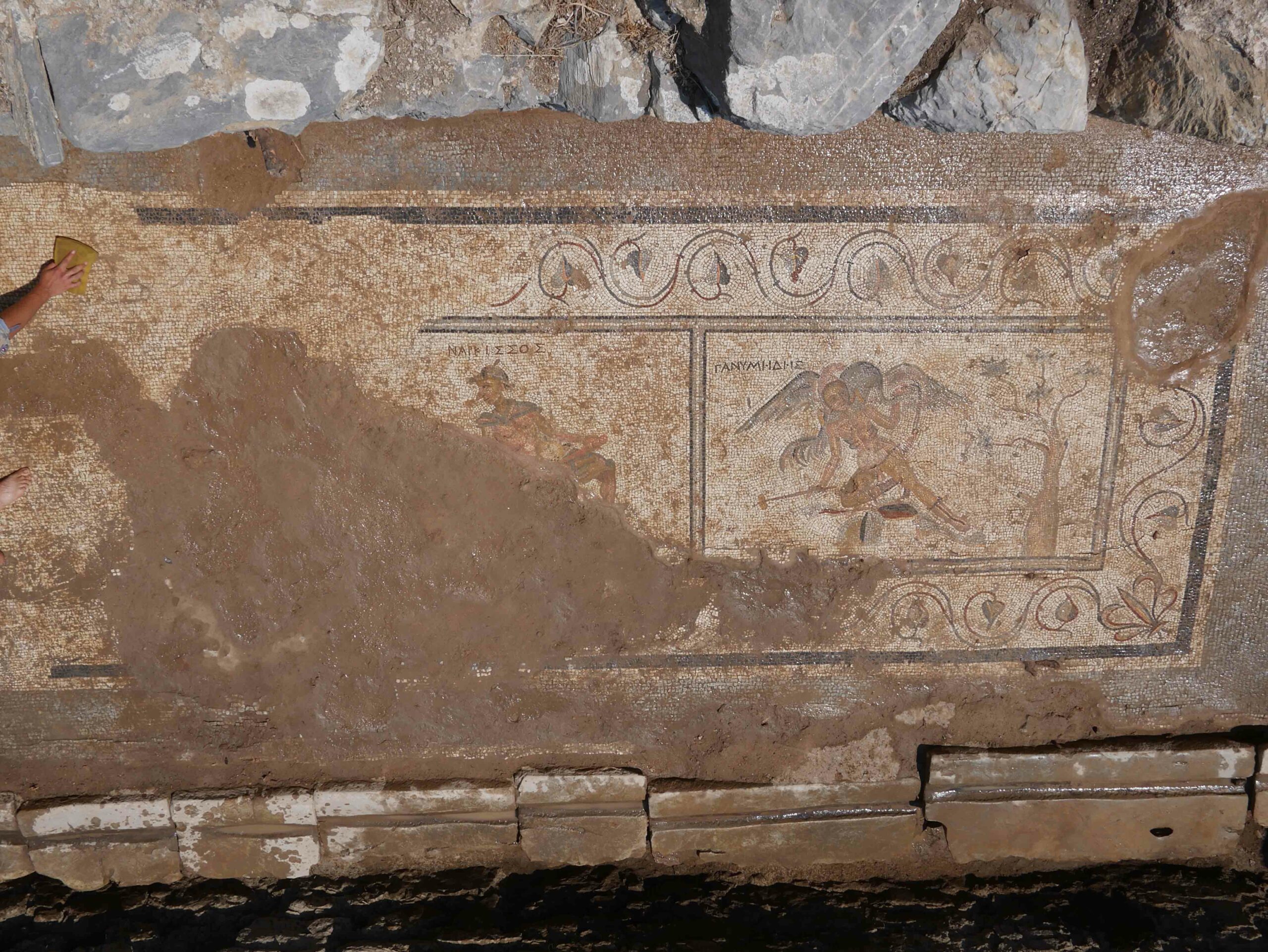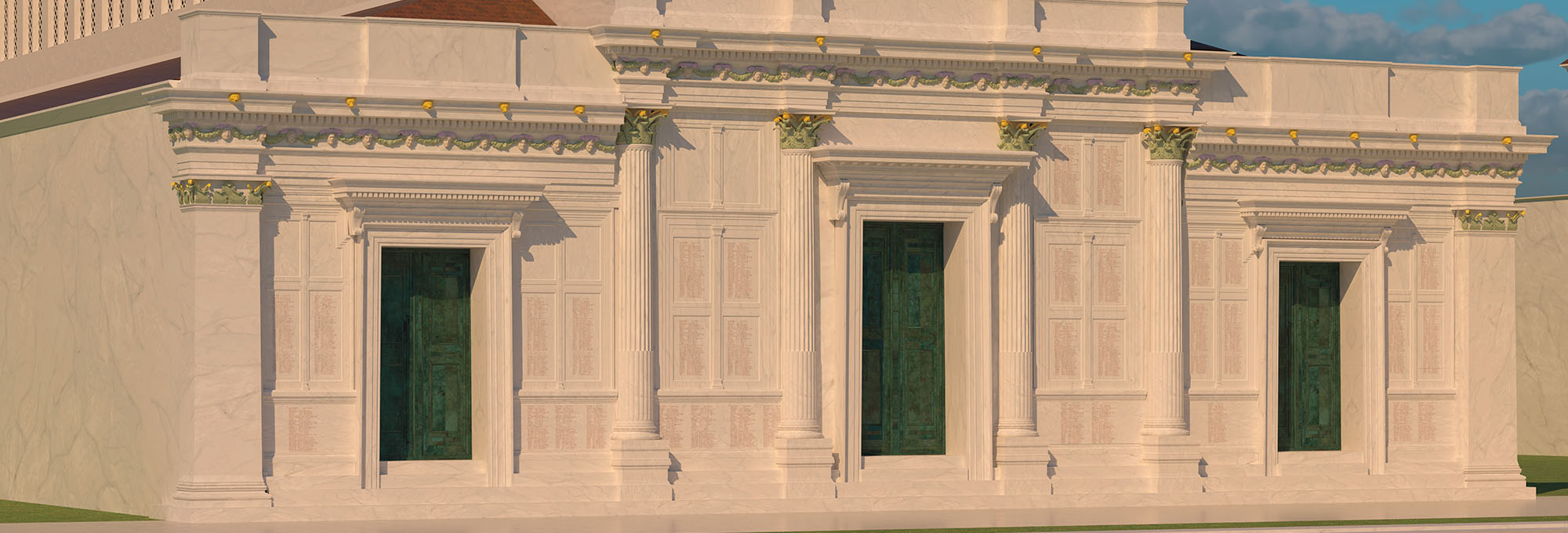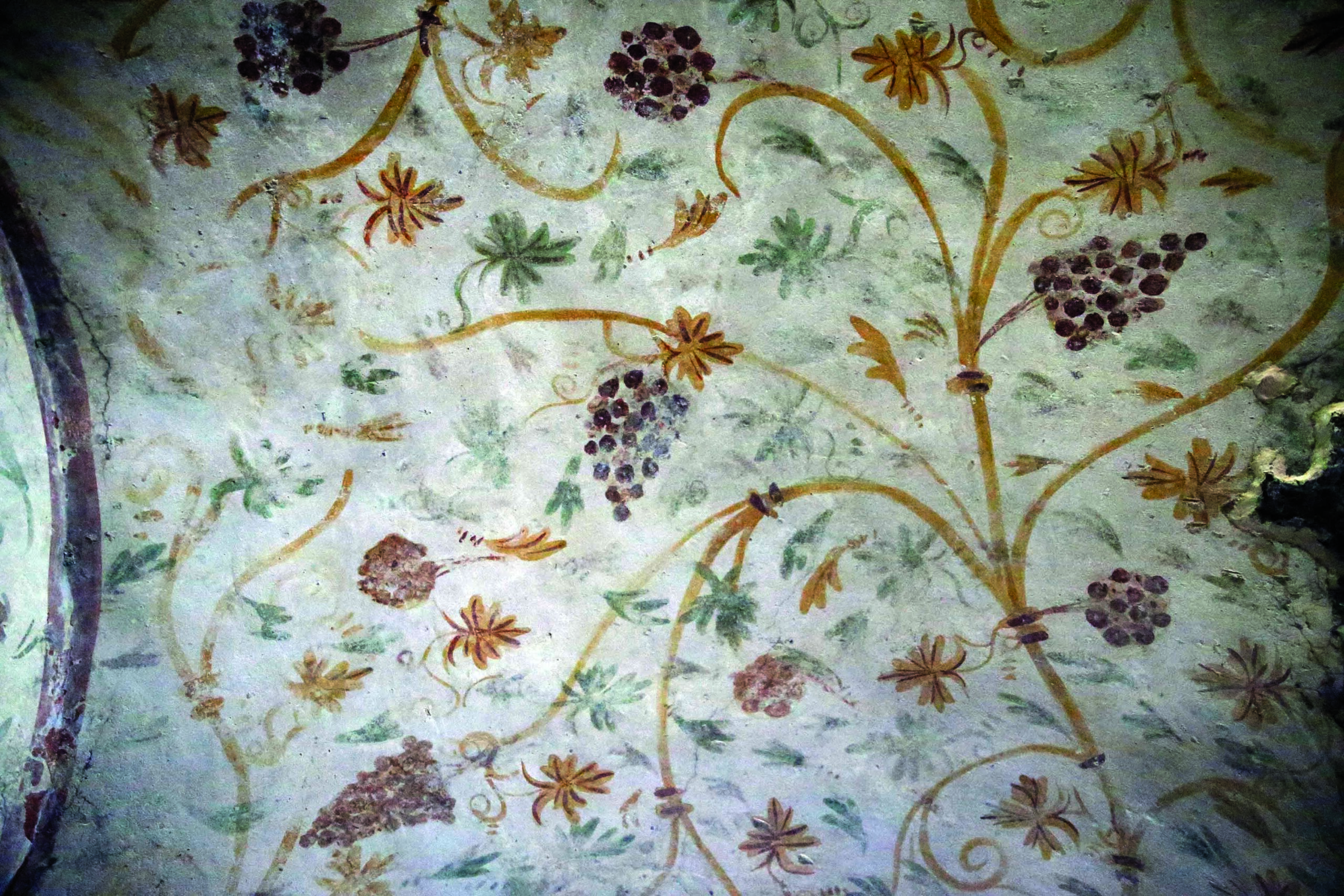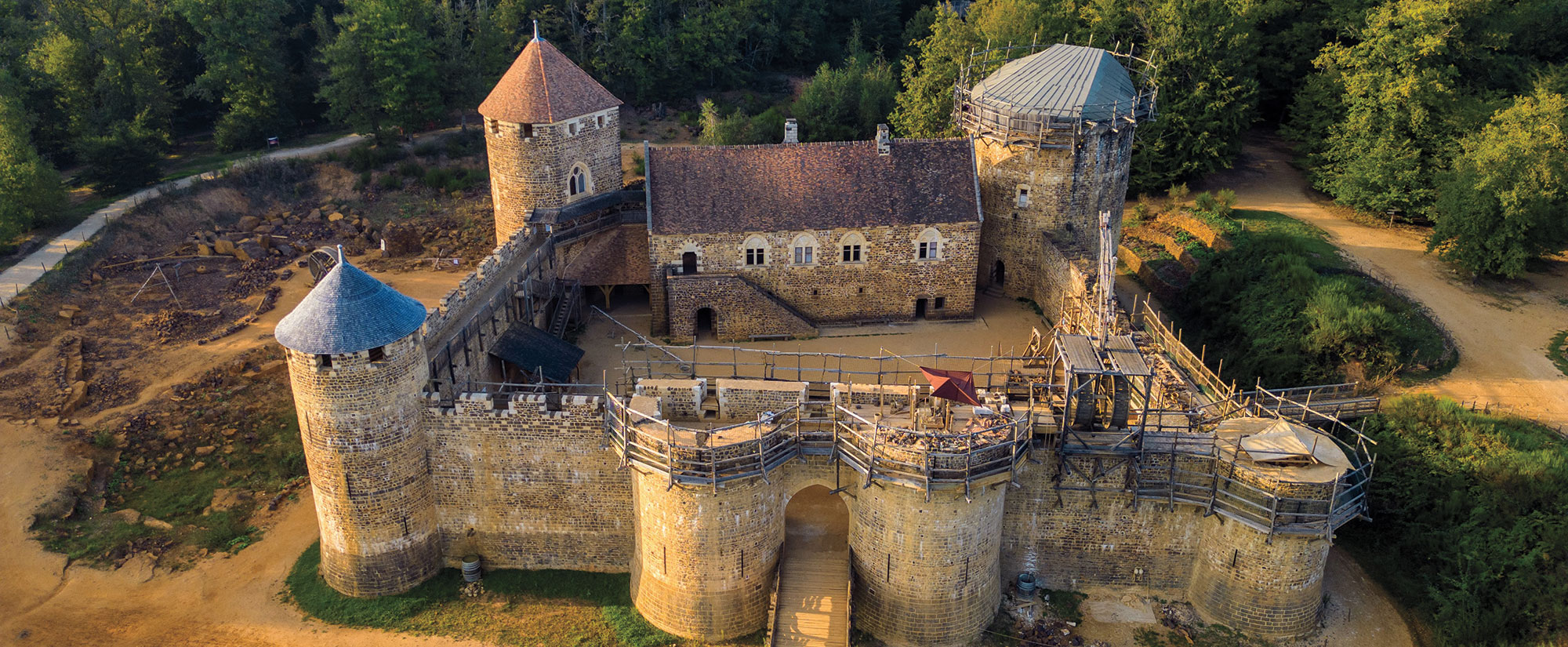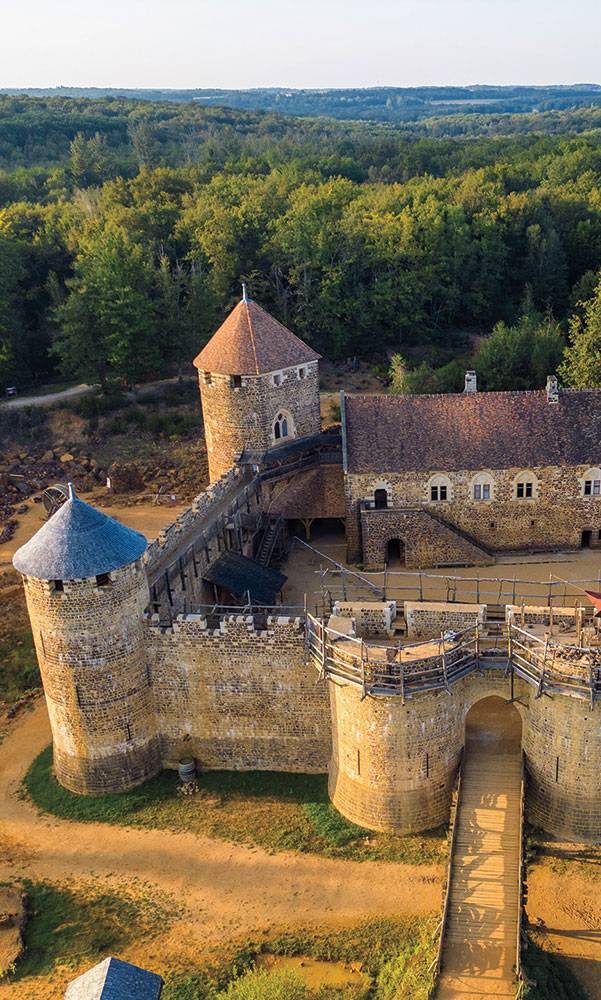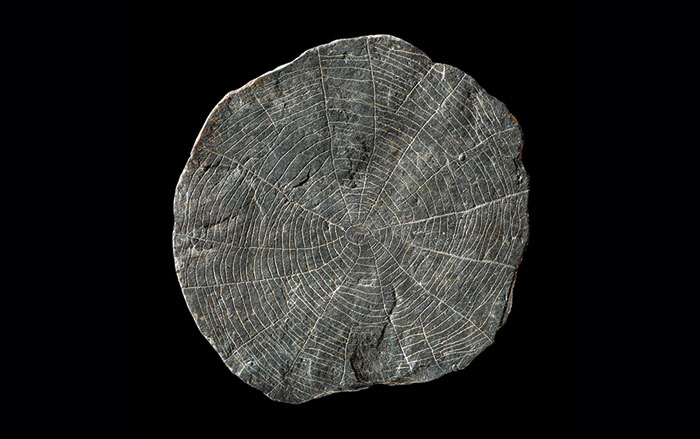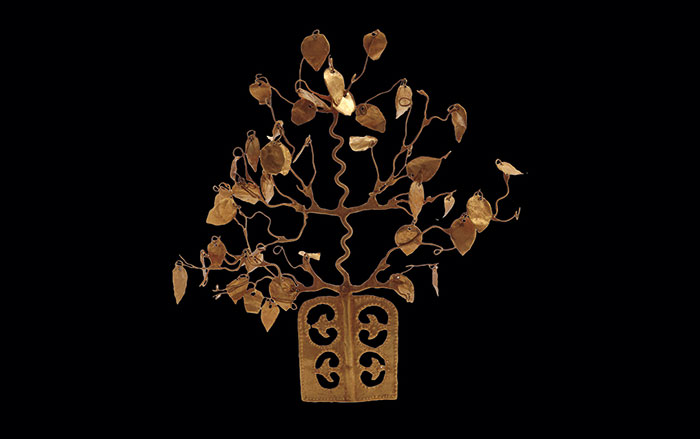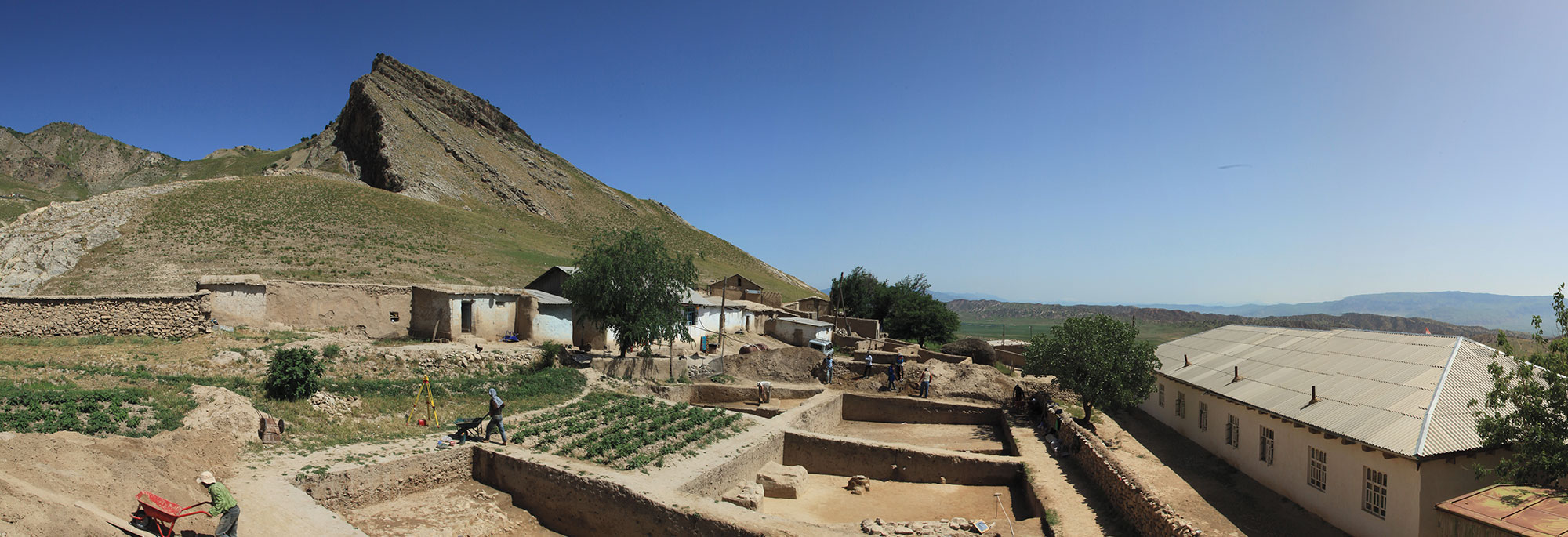Thanks to the keen observational skills of a local farmer, a remarkably intact Roman mosaic has been unearthed in the village of Salkaya in eastern Turkey. While planting fruit tree saplings, Mehmet Emin Sualp saw portions of the mosaic less than two feet below the surface. Several months later, a team led by archaeologist Emre Çayır of the Elazığ Archaeology and Ethnography Museum and the museum’s director, Ziya Kılınç, uncovered the entire mosaic, which spans nearly 1,000 square feet. Çayır believes the artwork dates to between the last quarter of the third century and the middle of the fourth century a.d. Its central panel portrays a large array of local and nonlocal animals and birds including Anatolian leopards, lions, bears, deer, partridges, and ostriches, alongside hunting dogs.
The mosaic’s scale and elaborate design suggest that the building that once housed it served as the reception hall of a home belonging to a high-ranking official, likely a provincial governor or military commander. “We haven’t yet identified any inscriptions or other cultural artifacts that explicitly confirm the site’s identity,” Çayır says. “By examining the surrounding landscape, we hope to identify residential zones that belonged to the local population.”




